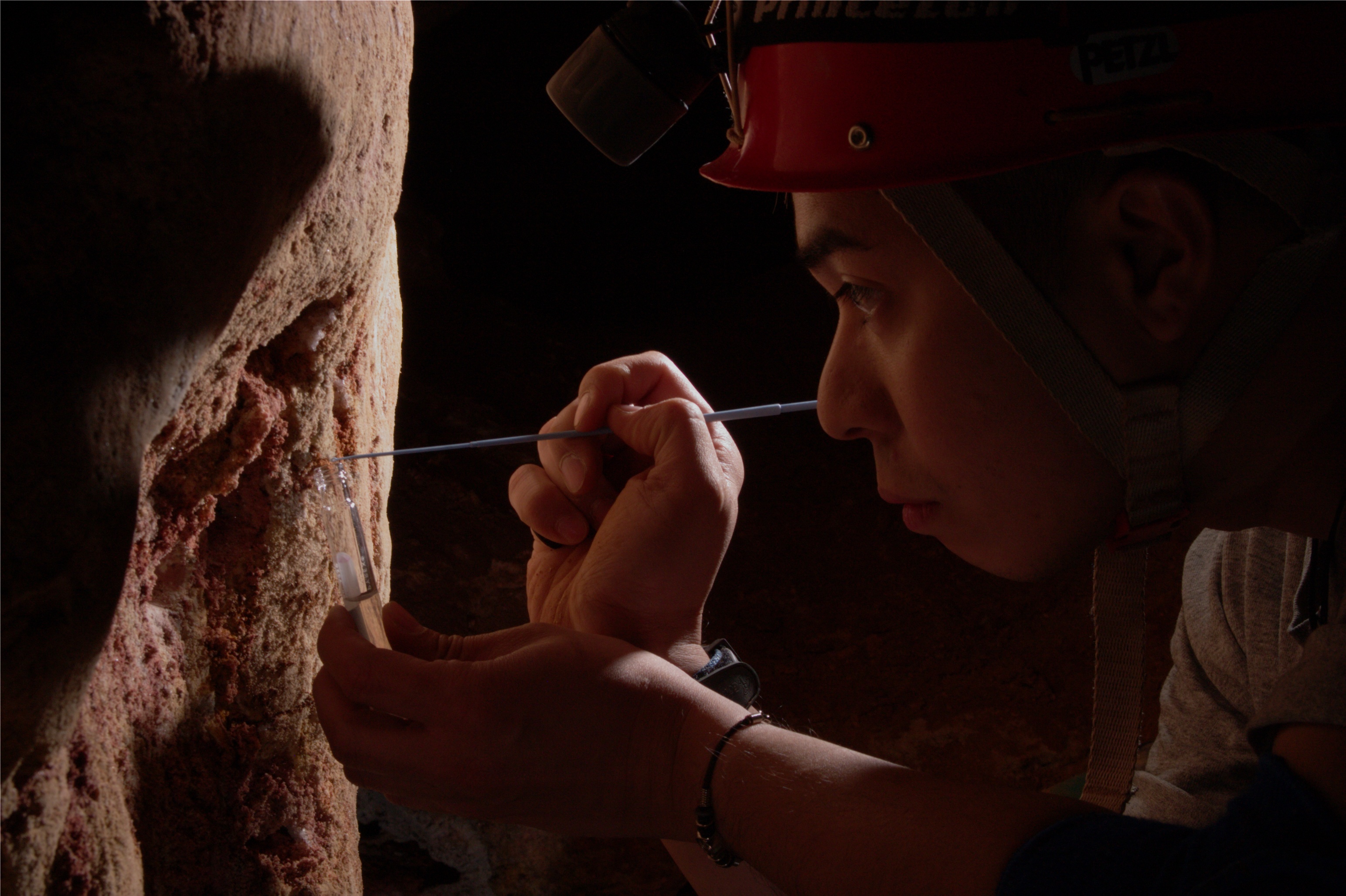Soft light comes from a diffuse source. The classic example is an overcast day, where the light comes from everywhere and there are few, if any shadows. Other examples of soft light include studio softboxes, diffusers, and reflected light from a large surface (e.g., a ceiling). All of these need to be near the subject, otherwise they begin to act more like hard light…move an umbrella reflector away from the subject and the light becomes harder.
Shadows on an object lit with soft light have a less-defined edge, and they are not as dark. Because it does not highlight blemishes, scars, and wrinkles, soft light tends to be more flattering for people. For this reason, portraits normally use soft light, as do some glamor shots.
Here is one of my favorite soft-light shots illustrating this type of lighting.

This is the second in a series of blog entries about hard and soft lighting. The previous entry is Hard Light.